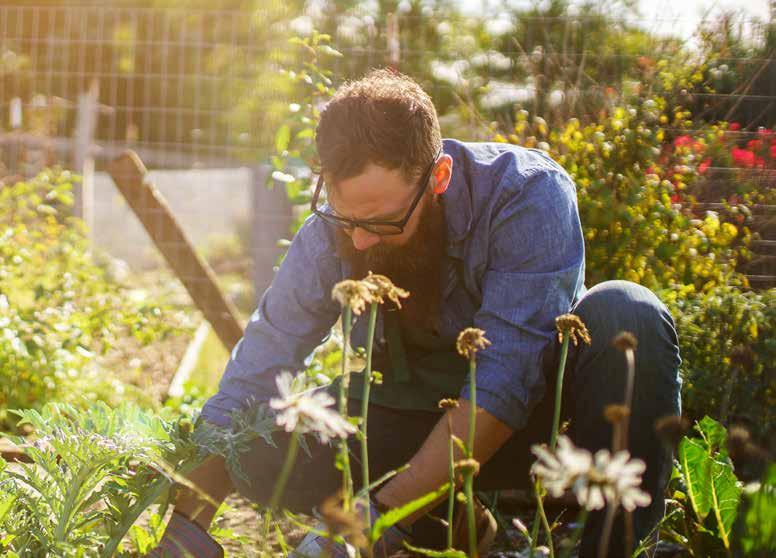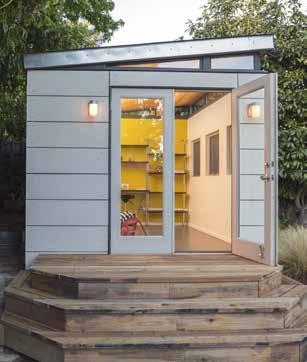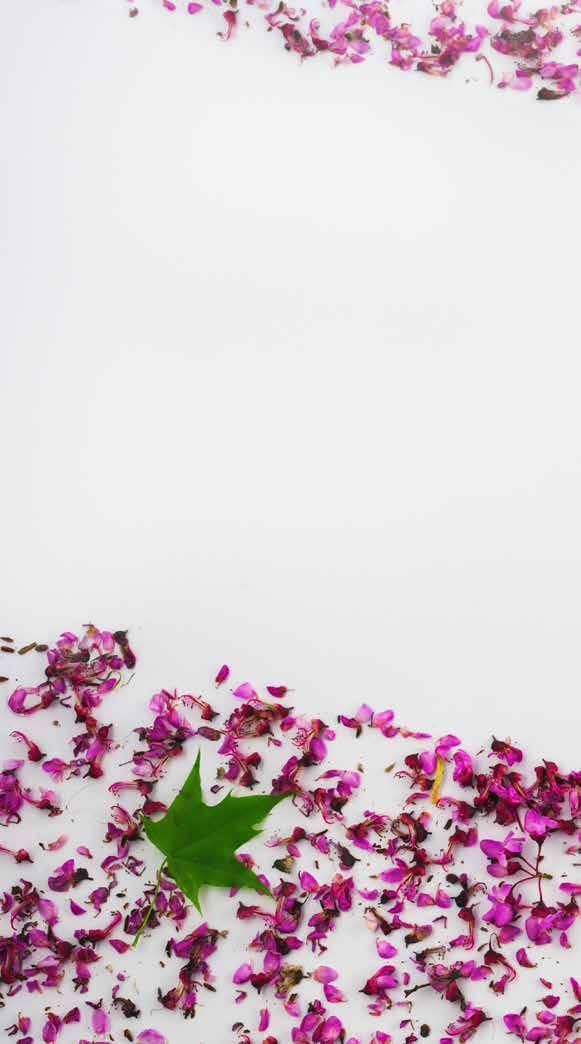
3 minute read
April gardening tips
WEED IT&Time to roll up your sleeves and put in the groundwork REAP

Advertisement
And so here we are. April, the great transitional month where we’ve not quite shaken off winter’s icy grip, but with brighter evenings and significantly warmer days, its hold is definitely weakening.
For gardeners, this is where the hard work starts; this month’s input dictates output for the rest of the year.
The four-day Easter holiday weekend gives us time to prepare the ground, assessing and repairing the damage inflicted by a particularly harsh start to the year, taking the time to restake trees, secure climbing shrubs, and clear any lingering storm damage, particularly checking fences for damage to panels, support posts and slats.
And then you can get on your hands and knees for some serious weeding, gently turning over ground flattened by heavy rain and snow, and clearing away any remaining dead leaves, twigs and winter debris, as well as dead-heading daffodils, tulips and late-flowing crocuses, and trimming frost-damaged shoots from evergreens.
Once cleared, nourish the soil with compost or well-rotted manure which will add beneficial micro-organisms to the soil, making it richer and encouraging the right kind of insect activity. The wrong kind – slugs, snails and aphids – may be found loitering around the crowns of perennials preparing to wreak havoc so it’s best to deal with them now. Early infestations of aphids can be pinched out by hand but pests such as vine weevil will need chemical or biological intervention to keep under control.
Your lawn will need the most attention early in the early growing season. If you’ve not already done so, now’s the time for that initial cut, taking the top off the winter growth before the first decisive crop. Once that’s done, apply a high nitrogen spring lawn fertiliser to encourage good, strong growth and if

moss has become a problem, choose a combined moss killer/fertiliser and lightly rake out the dead a couple of weeks after application.
If you discover some bumps and hollows, peel back the turf and remove or add soil as necessary before replacing the grass, while any bare patches can be prepared for reseeding: if the ground is still wet and cold, though, the germination will be poor so it might be better to postpone this until early May.
And, while we’re at it, don’t forget the lawn edges. Using a spade or a half-moon edging iron, create a gutter of around three inches to prevent the grass creeping back into your borders.
It is also important to prune trees and deciduous shrubs, removing dead and sickly-looking leaves or branches to stimulate new growth and spring flowering. Also add fertiliser while a good organic mulch, laid in a circle around the trunk, will not only provide moisture for good growth but will also conserve moisture and encourage strong, drought-resistant roots, something worth bearing in mind for the likes of rhododendrons, azaleas and camelias where flowering can be severely impaired if allowed to dry out.
Otherwise, a good balanced fertiliser (such as blood, fish and bone) can be sprinkled over the root area around ornamental trees, shrubs and hedges before hoeing in, particularly beneficial for young, weak or damaged plants.
Once the warmer days are set in and the risk of a late sharp frost has gone, plant out
the flower seedlings you’ve been cultivating since March, and if you haven’t, you can still sow petunias, zinnias, marigolds, purple cornflowers and other seasonals you might fancy in your flowerbeds. Summerflowering bulbs should also be going in, ensuring the likes of anemone tubers have well-drained soil.
Containers can also be planned, topped up with fresh compost and planted – an alpine trough can be particularly attractive as many are starting to look their best - while you may be able to start on your hanging baskets in the latter stages of the month if you’re in a temperate part of the country. Otherwise, pot-on plants that are showing signs of becoming pot-bound or generally just look a bit forlorn.
There are also many warm-season vegetables, such as cucumbers and tomatoes, which can be moved outdoors while radishes, carrots, peas and lettuce can also be planted, along with your favourite annual herbs.








